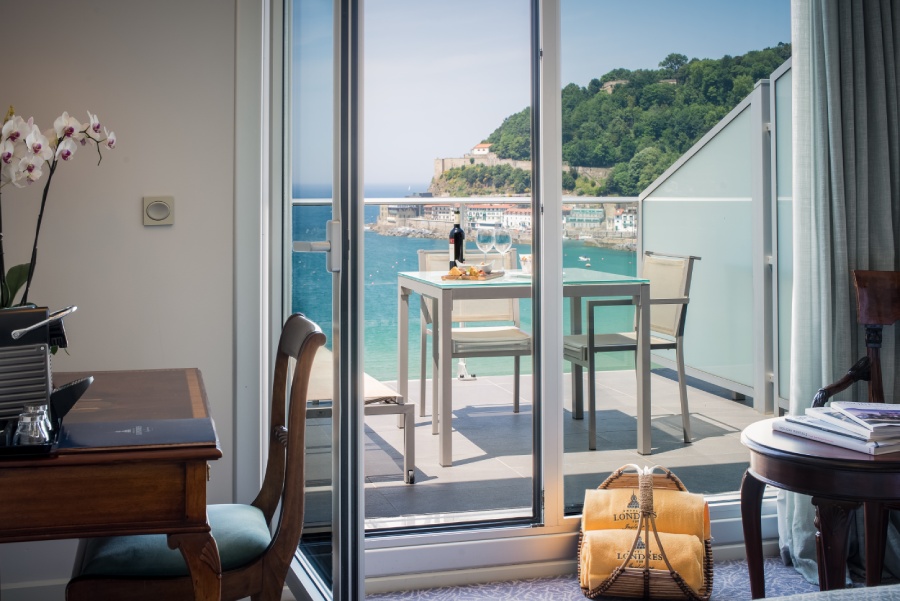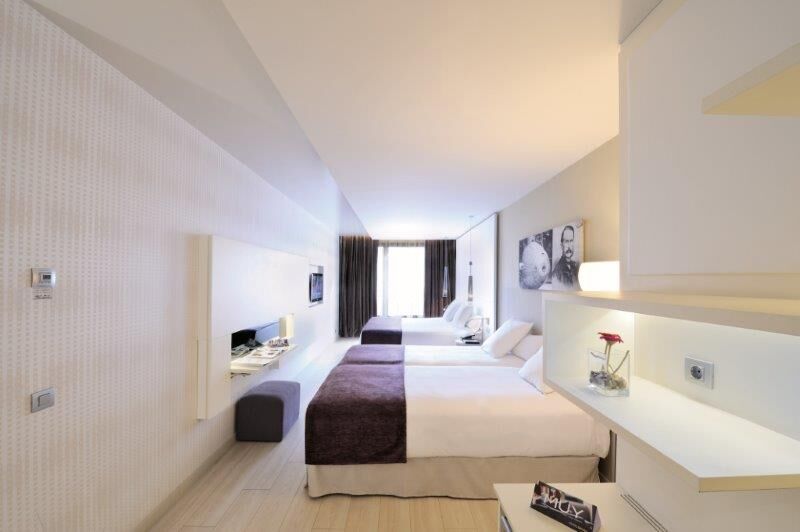
By Patrick Landman
Over the last few years we have gotten more and more involved in the businesses of our hotel clients. We have seen a clear difference in revenue and profitability in hotels where we got involved at project definition stage vs coming in at pre-opening. There are many key points that increase the revenue potential of a hotel or resort, which architects, designers and investors are overlooking. And we are not talking about pocket change. I estimate the upside by utilizing revenue management insights to be easily 10% to 25% in top line income. Just think about how much this would impact your bottom line profit.
We have developed way beyond revenue management and are now developing hotels for investors and even our own concepts, and we subsequently manage them. In the product definition stage, working with architects and designers we are going through our Revenue Management wishlist in terms of client and product segmentation to get the ideal property from both an operations efficiency and yield potential perspective.
In previous articles I already touched upon the topic of room type merchandising and room type price positioning. To me this comes before hotel design when you are defining your hotel concept. The view of Revenue Management in the architectural phase of a project is essential to create a hotel which delivers strong ROI's.
What Questions to Ask
Currently we are working on various hotel concepts and are dealing with the following questions to optimize the business
- How many room categories do we need?
- Do we have enough room categories to allow for small steps in supplements and allow for auto/self-upselling, avoid large jumps in price between room types
- What is the ideal mix / balance in inventory between different room categories?
- How do we categorize rooms, by style, by size or even both?
- With other assets can we use to create room types? Amenities, views, …?
What is the Revenue Potential
Revenue potential is something that should be taken into consideration when developing a hotel. How much money can we generate? It a good question to ask right?
Let's do an exercise with a 100 room hotel. If we configure it with three room categories, you could get to a division of rooms below;
- Type A = 60
- Type B = 30
- Type C= 10
Now if the room categories have the following pricing:
- Type A – $100
- Type B – $150
- Type C – $200
The revenue potential of this hotel, at 100% occupancy would be: $4.562.500
((60×100)+(30×150)+(10×200))×365
But what if we segment the room types differently for this same property?
- Type A1 – 30 @ $100
- Type A2 – 30 @ $125
- Type B1- 15 @ $150
- Type B2 – 15 @ $175
- Type C1 – 5 @ $200
- Type C2- 5 @ $225
The revenue potential is now: $ 5.018.750, an increase of $456.250 (10%).
And imagine that 75% of the extra revenue generated goes to your bottom line?
By the way you could achieve this segmentation merely by changing the colors of the walls and decoration in the design stage for instance. Or by using the different floors in the building … So at no extra cost really.
It Applies to Any Hotel
It seems to be a common thought this kind of product differentiation and segmentation only applies to to resorts or luxury hotels. No even smaller budget or city hotels can stand to benefit.
We just did a study last week on a 34 room city hotel. We are changing it from 3 to 5 room categories as it can increase the ADR by 10% to 15%.
In a budget hotel you could simply add a ‘+’ or ‘plus’ behind your room category name, to highlight it has something a little bit extra, to drive up your ARR.
Just imagine how easy it is:
- Urban
- Urban +
- Urban ++
- Urban +++
We do this in one of our city properties, and it works like a charm. It has increased the revenue of the hotel by 11% actually.
From the Beginning
So this is why it is important to have your revenue manager involved from the development and design stage of a new hotel project. Makes sense no, to have your strategy people involved with the real strategic decisions.
Unfortunately there still seems to be a heavy weight on operations only in the hotel industry. Often owners and developers simply create a hotel, which will later be placed in someone's lap to manage.
You should ensure there are enough room categories (and sub-categories) to have small incremental supplements that allow even for a more budget conscious booker to upsell himself.
Product Positioning
As outlined in a previous article on this topic I hope that the days of the boring and anti-commercial room names will soon be behind us. Because let's admit it, the words Standard, Deluxe, Superior don't excite anyone. It is old-school …
We need to use the room type names as a merchandising tool, incorporating your brand or concept into it. They are products and should be part of the overall positioning strategy. It will help you differentiate from your competitors, and drive conversion.
The Final Word
Let's go back to the drawing board a revisit the room types in your hotels. It is well worth the money to put more thought into this prior to starting construction …
And maybe even like the mobile phone companies like Apple, Samsung, Huawei, LG etc release new models each year. The automobile industry has been doing this for decades as well. Hotels should do the same.
We have implemented this actually in some hotels, changing room types every so often and we have been reaching 10%+ growth for a few years in a row …
So maybe time to reinvent ourselves … again?



